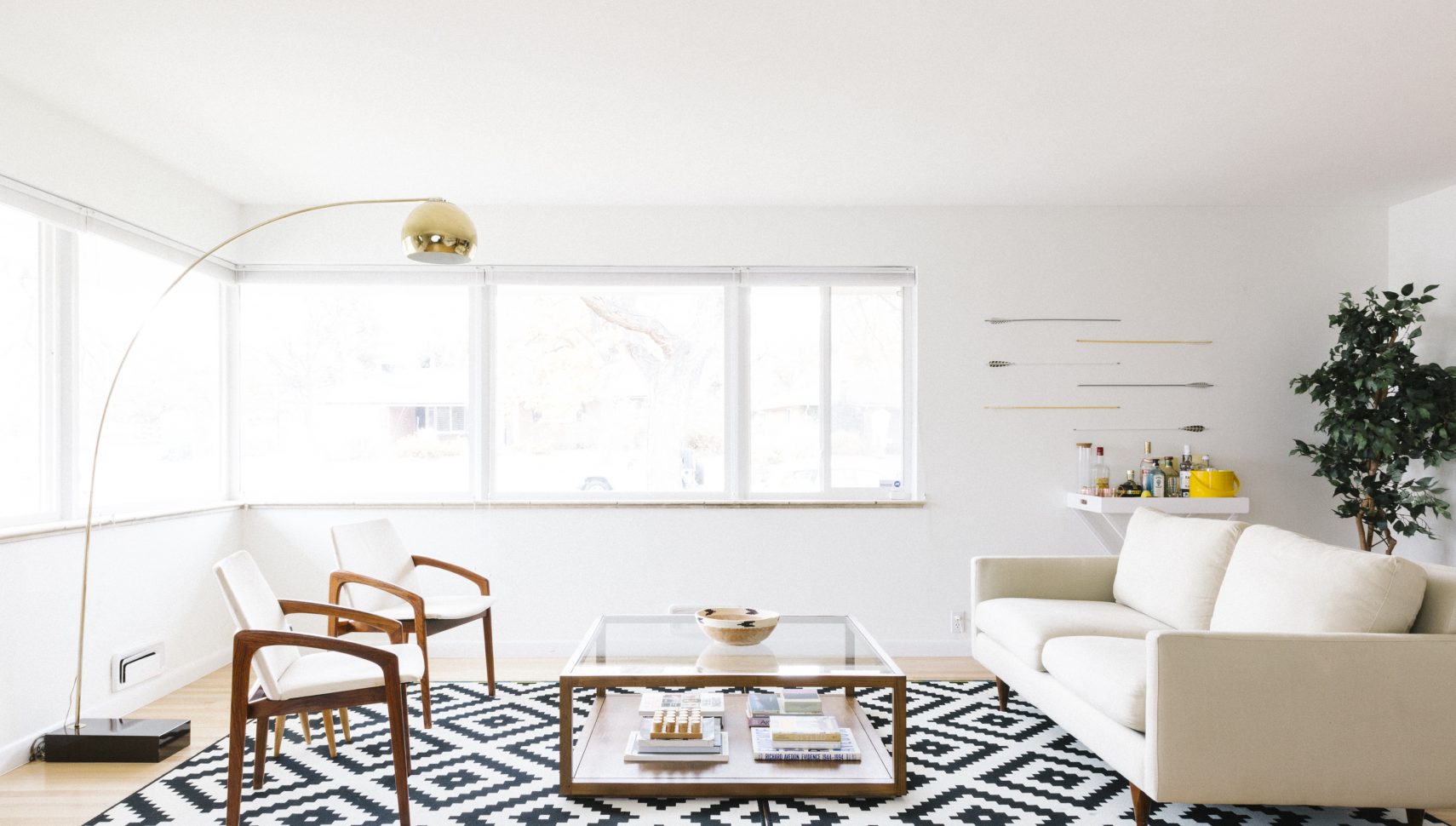Finding the perfect home can be a daunting task that requires a lot of time and energy. And when you’re looking for an accessible home, it can be downright overwhelming since there seem to be so few on the market. However, now there are more accessible homes being built than in previous decades, and you can also look for a home that can potentially be modified to fit your needs. Here are some tips to keep in mind as you search for an accessible home.
There are several different kinds of accessible homes, and you will need to figure out exactly which kind you need before you get too far into your home search. For example, a barrier-free design means that certain barriers are removed from the living space to better accommodate specific disabilities, and an aging-in-place design is typically used to make daily life safer and more convenient for people through their golden years.
Other types of accessible homes include universal design, which is meant to accommodate all ages and disabilities, and adaptable design, which is supposed to offer residents the ability to make necessary changes as time evolves. These are some of the main types of accessible homes you will discover, but there are others as well, and you might need to combine and customize to create your own design.
Hiring a qualified real estate agent can prove one of the best decisions you make when looking for any kind of home, including accessible homes. If you find an agent who has experience with accessible homes, you can shave a lot of time and stress off the whole process. If they don’t know of any accessible homes or can’t find any in your desired area, they should at least be able to find a home that can be modified.
More times than not, people with disabilities must buy a home and modify it to meet their needs. Modifications can cost anywhere from $100 to $25,000 (for a full remodel). While there are many modifications that can be made to a residence, here are some of the most common ones:
- Installing entry and threshold ramps (permanent and removable).
- Adding handrails, stairlifts, or glides to staircases.
- Installing grab bars in the bathroom.
- Replacing shower/tub with a walk-in shower.
- Putting in higher toilets.
- Lowering cabinets, countertops, vanities, etc.
- Adding lighting, especially in hallways and corners.
Another modification that can help make your home more accessible is to put in hardwood flooring. Carpet can make it difficult to maneuver a wheelchair, and wood floors will make doing so much easier and safer. Also, wood floors can raise the value of your home, and they’re simpler to keep clean.
While hardwood flooring installation averages $4,530, what you can expect to pay for the job depends on a number of factors, including:
- The type of wood used, such as pine, bamboo, or an exotic species (which can cost up to $22 for materials and installation).
- The condition of your subfloor.
- Whether you need furniture moved.
- Whether you need old floors taken out and disposed of.
To help with traction around the home, many people also add non-slip mats to hard floors.
Finally, it’s important to find the right contractor to perform your home modifications. Ideally, you will find someone who has experience with home modifications specifically. If possible, interview three or more candidates and check their work history before hiring anyone.
It can be challenging, but you can find a great accessible home if you plan and take certain steps along the way. Remember to decide what type of accessible home you need, and hire an experienced real estate agent. Lastly, factor in whatever modifications are necessary to make your home safe and convenient, and find a good contractor to get the job done.

